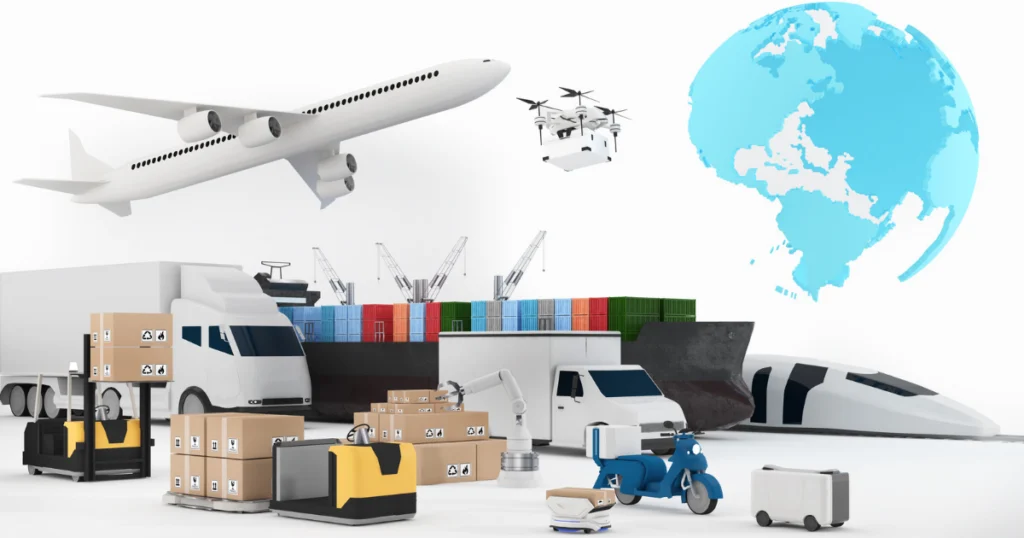In the summer, thinking about the passengers on the plane, one can\’t help but turn on the air conditioner. But very soon this dependence on air condition will decrease. A new ultra-white color is on the market, which can reflect up to 97.9% of the sun\’s heat.
This specially formulated paint will be used to keep the exterior of airplanes, cars, trains and even spaceships cool.
As the world continues to warm due to man-made climate change, this color could be an innovative way to keep the world cool. Moreover, this color will play a role in reducing global warming by saving electricity by reducing the use of air conditioners.
The previous formula has been further improved in this new formulation. Earlier white paint was more dense, so it could only be used in fixed structures. Researchers say they used an ultra-thin formula in this new color. That is, it is made very thin, which is suitable for use in vehicles. The team detailed their new and improved product in a study published in the Cell Report Physical Science journal.
\”Reducing the weight of paint has opened up possibilities for new applications,\” said George Siu, a mechanical engineer at Purdue University.
Last spring, a team from Purdue first introduced the concept of ultra-white color. The color they made was so white that it entered the Guinness World Records. The main ingredient in this color is barium sulfate. Due to this, 98.1 percent of the sun\’s rays are reflected. Also, the temperature in the area where this paint is used is up to 19 degrees Fahrenheit lower than the ambient temperature.
The colors available in the market can reflect only 80 to 90 percent of sunlight. That means these colors absorb more light and heat. But this ultra white color gives off more heat than it absorbs. Thus it helps to keep the temperature low, without any need for power consumption.
“Air conditioning can keep your house cool, but it only removes heat from your house; That means the city stays warm,\” Jiulin Ruan explained to Smithsonian Magazine. He is a mechanical engineer at Purdue University who worked on the color invention. “This color we make does not consume any energy. Most importantly it reflects heat back into space. This heat goes outside the earth. That means we\’re actually helping to keep the Earth cooler and reducing global warming.\”
To achieve this breakthrough result, engineers needed to paint with a layer at least 400 microns thick. This thick layer of paint can be applied to solid, permanent structures such as roofs or buildings. But it is not possible to use such thick paint on vehicles that move and machines that are of specific size and weight. Researchers understand that thinner and lighter colors should be used in these areas.
Engineers then went back to the lab and experimented with the chemical composition of paint. Their new color uses hexagonal boron nitride. This ingredient is often used in lubricants to obtain a more white color. Hexagonal boron nitride can block up to 97.9 percent of sunlight. And its thickness is only 150 microns. This new color is much more porous. As a result, air enters it and reduces the weight by up to 80 percent.
Thinning and lightening the color allows it to be used in a variety of applications. Since the color first hit the market, Ruan has been in contact with aerospace manufacturers, architects, shoe and fabric manufacturers who were looking for a light weight color. Ruan said his team is now in discussions with various parties about releasing the color commercially.
Researchers believe that when this color becomes popular everywhere, it will be very useful in the long term to combat climate change. \”This color will not only save your electricity bill, but also help save our planet,\” said Xiangwu Li, a mechanical engineer at the University of Tennessee Knoxville. He helped research this color invention while attending Purdue University.

